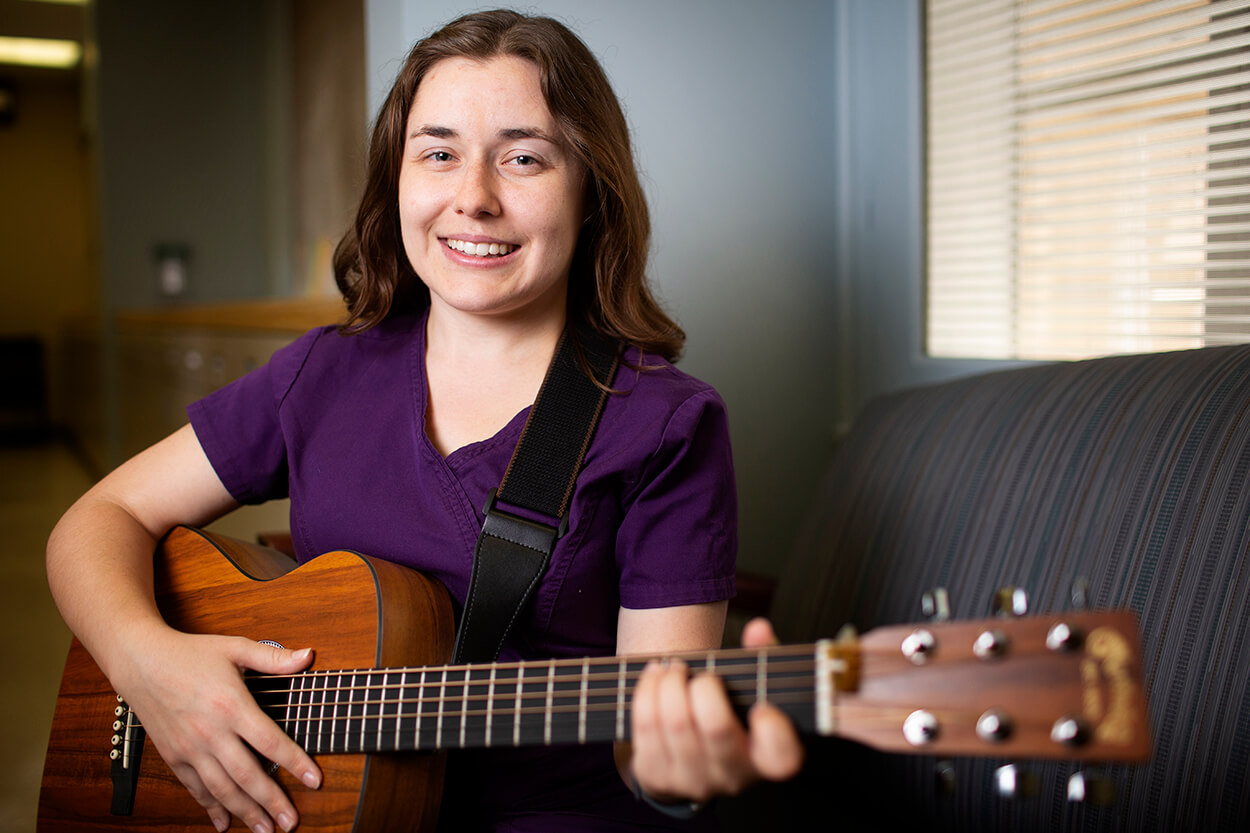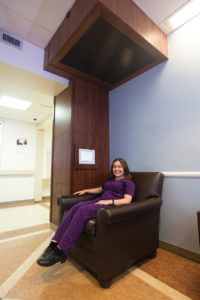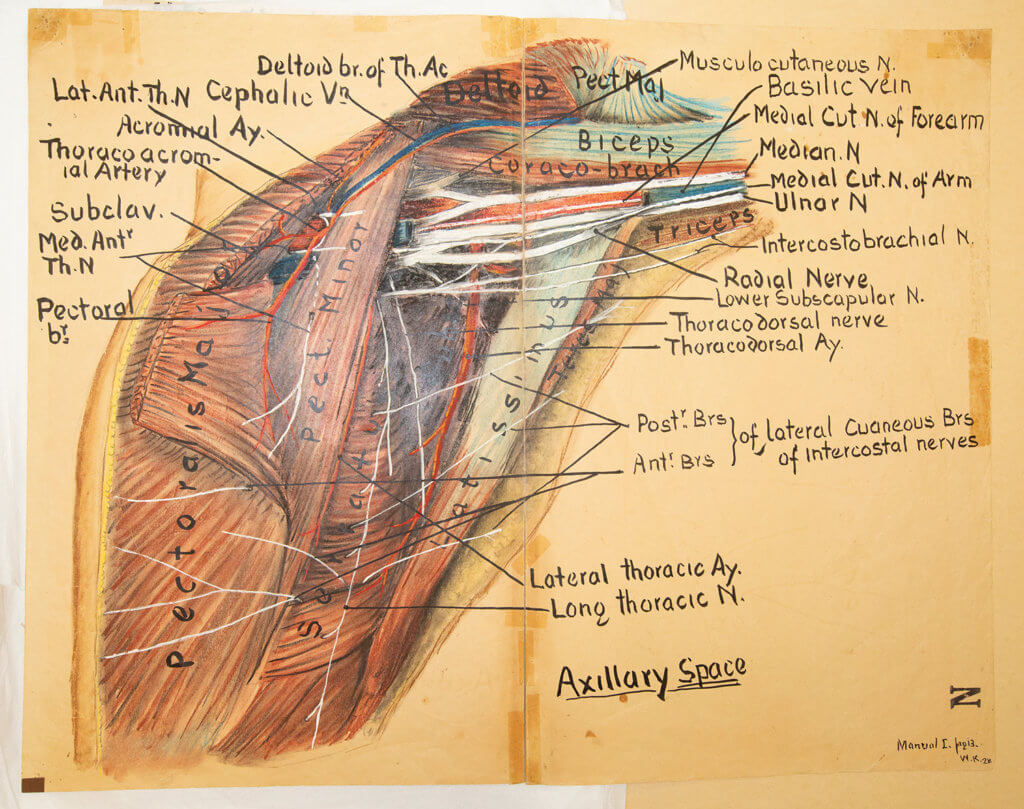Houston Methodist sound dome offers behavioral health patients a non-pharmaceutical way to unwind

Music has always helped humans through their darkest hours. At Houston Methodist Hospital, care providers on the inpatient behavioral health unit are using a sound dome—a directional speaker—to harness the healing powers of music and help patients through times of emotional distress.
Audrey Zybura, a board certified music therapist specializing in acute 
“The playlists are 100 percent patient-selected and patient-preferred music, so there are often heavy metal and rap songs on these playlists,” she said. “No matter what Spotify wants us to believe, there is not one type of music that is relaxing.”
The behavioral health unit at Houston Methodist, which can house up to 19 patients at a time, treats individuals who are suicidal, aggressive or otherwise unable to take care of themselves.
“These conditions can range from severe depression, an actual psychotic disorder like schizophrenia, or a mood condition like bipolar disorder,” said Corinna Keenmon, M.D., medical director of the unit.
“Sometimes it might not be about the condition, but it is the circumstance—maybe they lost their job or have a breakup or experience the death of a loved one. Those moments of emotional crisis can produce the same safety problems.”
Music therapists like Zybura offer patients a non-pharmaceutical approach to regulating their emotions.
Zybura works with patients on musical self-awareness, using the music they already respond to in ways that are helpful and positive.
“The music selections line up with the emotional process that the patient has outlined with me and the music that they connect with most,” she said. “I always recommend using music you wouldn’t press skip on. If you are in a moment that you really need something specific from the music, you don’t want to rely on the unpredictability of the radio or the next thing that comes up on the shuffle.”
Once Zybura and the patient have compiled a list of seven songs—enough for about 30 minutes of play time—the patient can listen to the playlist through the sound dome, located in the day area of the unit, without disturbing anyone else. The sound dome creates audio isolation, offering an intimate listening experience similar to wearing headphones. Those outside the dome can’t hear the music; those inside hear the music only, without the disruption of background noise.
“This gives our patients a tool they can control,” said Keenmon, who also serves as an assistant professor of psychiatry and behavioral sciences at Baylor College of Medicine. “Once they have made their playlist, we help them identify when they are feeling emotionally triggered and when they sense that coming on. They can use that station at any time, day or night. It is fully open to them and it allows the nursing staff to monitor for safety and make sure the tool is helping—not making the patient more emotionally distressed.”
Music therapists, she added, are the engine behind the sound dome’s success.
“Our music therapists are so talented and so skilled,” Keenmon said. “To be able to take somebody from a moment of crisis and create something beautiful out of it is remarkable.”




